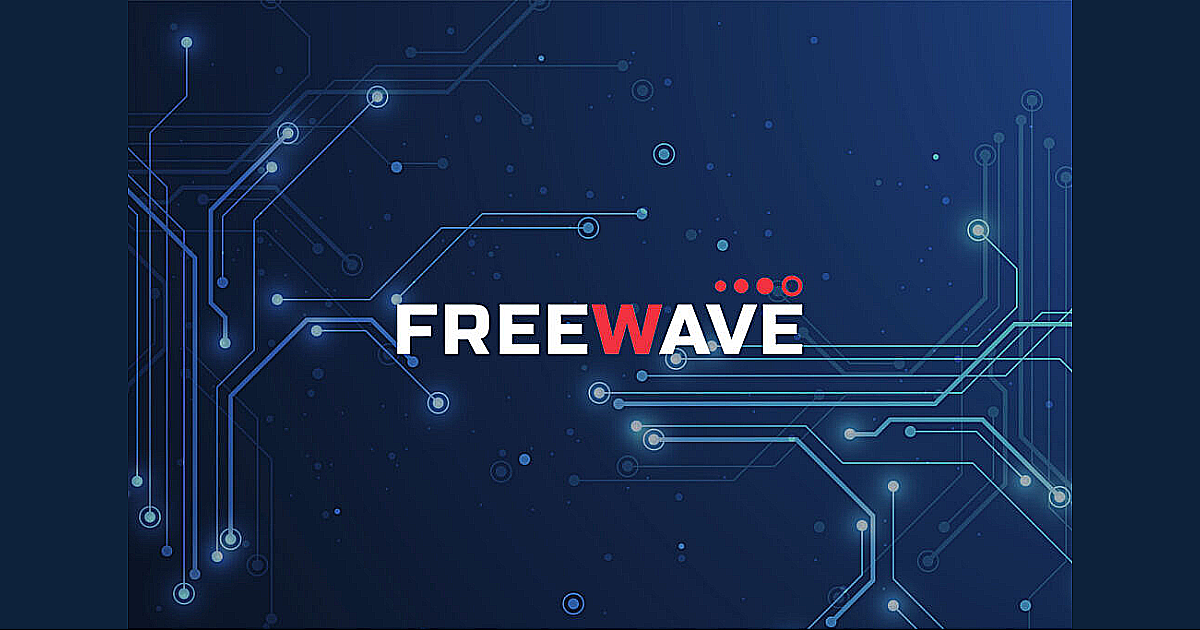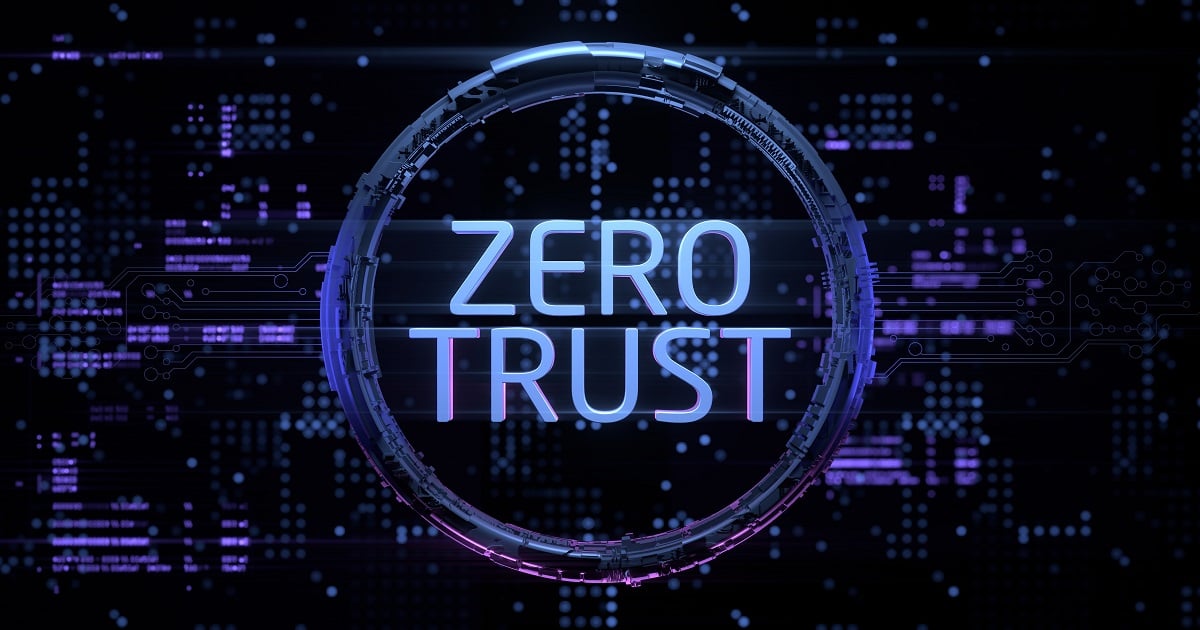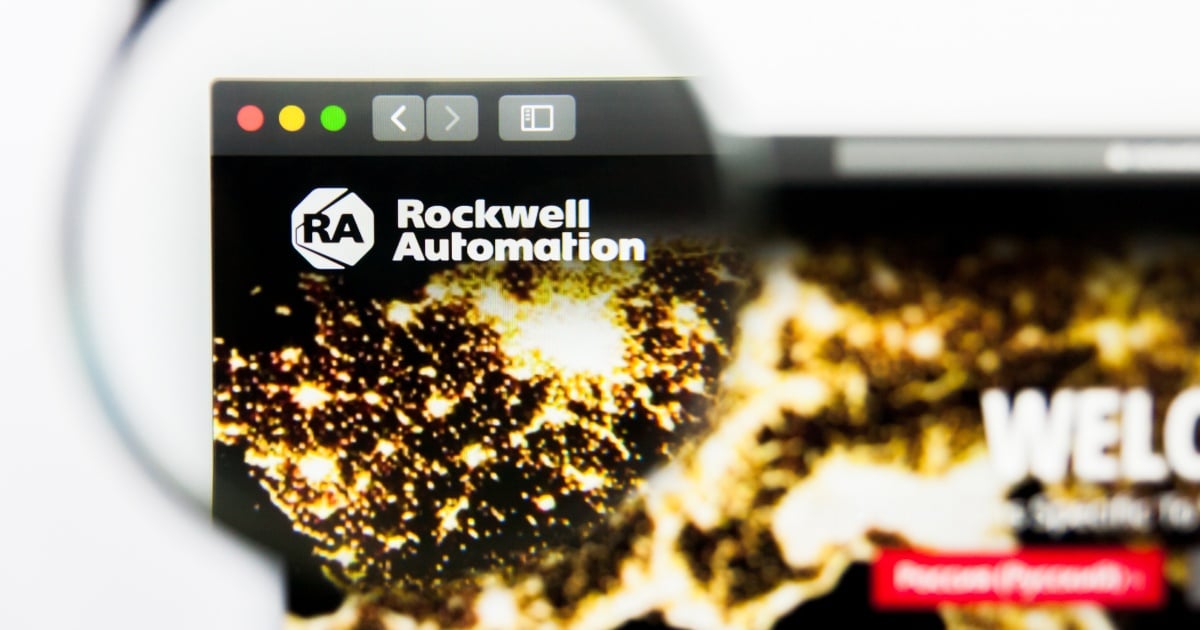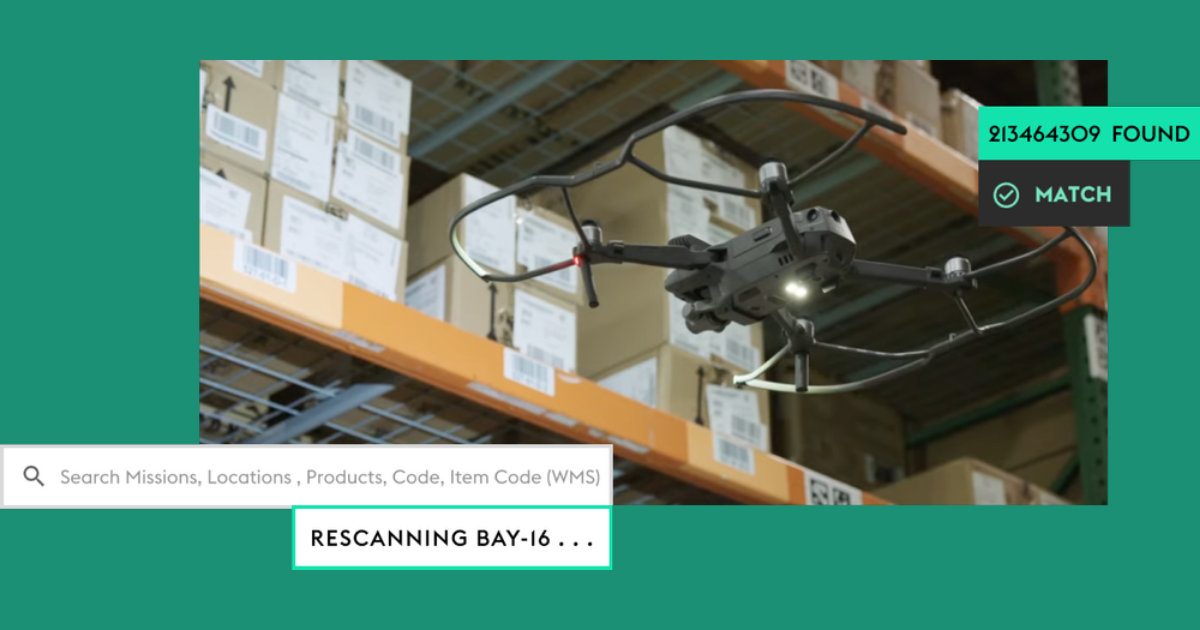
As Industrial IoT (IIOT) systems become larger, more distributed, and enhanced through multiple applications which can run on separate or unified networks, discussions about how networking will work in a hyper-connected future are heating up.
Whether offering fiber, cable, WiFi, cellular and most recently Narrow Band (NB-IoT) and LoRaWAN (Low Radio Access Wide Area Networks) services for IIOT systems, in the last twelve months more and more Tier One providers including AT&T, Verizon, Century Link and T-Mobile in the US, and Vodafone, Telefonica, and others elsewhere are investing, driven often by their existing enterprise customers.
The traditional Communications Service Providers (CSPs) are not alone, however, as their challengers over the last few decades are also making networking partnership moves including cloud providers like AWS, Microsoft Azure, and IBM, and even data center providers who are following the trend towards moving compute (and real time communications) to the edge of the network, where data can be processed more efficiently more locally, driving predictions of edge computing becoming a multi-billion dollar industry, such as the Multi-Access Edge Computing initiative by ETSI or Edge Computing for IIoT activities by IIC.”
(IIC, with its Edge Computing activities, released a related white paper on “Edge Computing in Industrial IoT” which you can download here.)
It’s the Internet, of course, both fixed and mobile, which provides the most capacity and resiliency, and it is the Industrial Internet Consortium (IIC), the world’s leading organization transforming business and society by accelerating the adoption of the IIoT, which is organizing massive community discussions and driving practical standards, while also providing illumination through documentation.
Today they made available a new white paper, IIC Industrial Networking Enabling IIoT Communication.
The paper serves as an introductory guide on industrial networking for IIoT system designers and network engineers, and offers practical solutions based on key usage scenarios.
“Industrial networking is the foundation of IIoT,” said David Zhe Lou, Chief Researcher, Huawei Technologies. “There are many choices of networking technologies depending on the application, the industrial network, deployment situation and conditions, but there is no universal or preferred industrial networking solution.”
Industrial networking infrastructure and technologies reside at the IP layer and below, and enable industrial assets, such as machines, sites and environments, to connect to the business professionals supporting applications across a wide range of industry sectors. Industrial networking technologies provide the foundation for applications that enable manufacturing productivity and profitability.
“IIoT applications have different needs depending on the industrial application and therefore demand robust, flexible and secure networks,” said Cliff Whitehead, Business Development Manager, Rockwell Automation. “This white paper will help IIoT system designers and network engineers understand the tradeoffs they can consider when designing an industrial network architecture that will be a strong foundation for current and future IIoT scenarios.”
Industrial networking is different from networking for the enterprise or networking for consumers.
As their announcement explained, IIoT system designers and network engineers need to make decisions about using wired or wireless communications.
They must figure out how to support mobility applications such as vehicles, equipment, robots and workers.
They must also consider the lifecycle of deployments, physical conditions, such as those found in mining and agriculture, and technical requirements, which can vary from relaxed to highly demanding.
"Networking technologies range from industry-specific to universal, such as the emerging 5G, which meets diverse industrial needs,” continued Jan Höller, Research Fellow at Ericsson. “Industrial developers need guidance when devising solutions to select the right networking technologies, and this white paper is the first step to providing the missing methods and tools.”
The Industrial Networking Enabling IIoT Communication white paper sets the stage for the Industrial Internet Network Framework (IINF), which will complement the Industrial Internet Connectivity Framework (IICF) by detailing requirements and best available technologies for the lower three layers of the industrial internet communication stack.
The full 16-page IIC Industrial Networking Enabling IIoT Communication white paper and a list of IIC members who contributed can be found on the IIC website, but here are a few highlights:
- Industrial networking is different from networking for the enterprise or networking for consumers
- This is driven by the convergence of Information Technology (IT) and Operational Technology (OT)
- Important networking considerations include whether to use wired or wireless, how to support mobility (e.g. vehicles, equipment, robots and workers) and how to reconfigure deployments
- Other factors include the lifecycle of the deployments, physical environmental conditions such as those found in mining and agriculture and electromagnetic conditions where interference from machines and equipment can be a problem.
- Then we have power. Will it be available? Or will devices need to run on local power such as batteries?
- Technical requirements include network latency and jitter, throughput needs, reliability and availability.
- The requirements can vary from being relaxed to highly demanding.
- The network must meet the end-to-end performance requirements for applications deployed both at the edge and in the cloud.
- Service Level Agreements (SLAs) must suit the industrial application’s requirements, which are very different for utility smart metering, agriculture monitoring sensors or the remote operation of a mining drill rig requiring stereoscopic high-quality video feeds and haptic feedback for control.
The new white paper introduces a few typical industrial scenarios followed by their impact on networking and illustrates that there are no universal or preferred networking technologies for IIoT systems and that diverse requirements must be considered when selecting an appropriate solution.
This white paper sets the stage for a forthcoming publication, the Industrial Internet Networking Framework, which will complement the Industrial Internet Connectivity Framework by detailing requirements and best available technologies for the lower three layers of the Industrial Internet Communication Stack.
Edited by
Ken Briodagh





